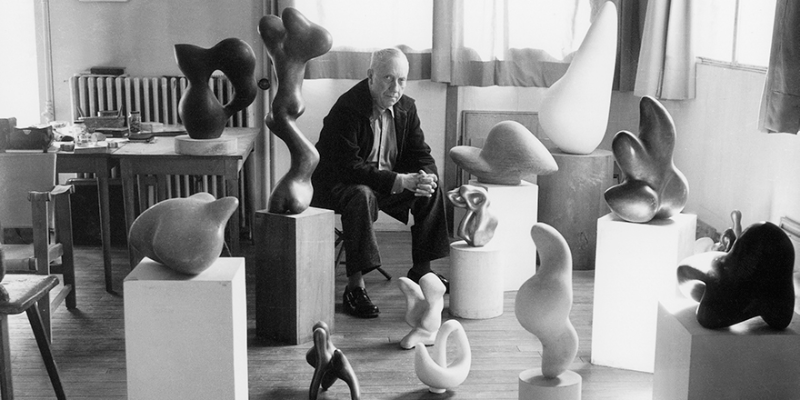16th September, 2023. ON THIS DAY.
Jean Arp, born on this day as Hans Arp in 1886, was a pioneer of Dadaism and an influential sculptor, painter, and poet. In 1966, he passed away and left behind a great artistic legacy. He sought to break away from conventional artistic norms and embrace the freedom of creative expression. Arp’s works were characterised by their organic shapes, harmonious balance, and a sense of playful spontaneity. Through his unique approach, he challenged the boundaries of traditional art, leaving a lasting impact on the world of modern and abstract art.
Jean Arp’s Biography
Arp’s early works were influenced by natural forms, including plants, shells, and stones. These organic elements fascinated him, and he saw in them the potential for a new visual language. Arp believed that true art should emerge spontaneously from the subconscious, reflecting the inherent rhythm and harmony of the universe. His exploration of this concept led to the development of his signature style.
Jean Arp Artworks
Jean Arp Sculptures
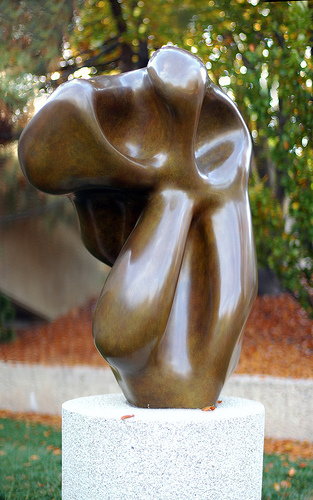
Arp’s sculptures embody his fascination with organic shapes and the relationship between positive and negative space. One of his notable works is “Bird in Space” (1923). This abstract bronze sculpture presents a curvaceous form that suggests a bird in flight, while simultaneously evoking a sense of weightlessness and transcendence. Arp’s masterful manipulation of form and balance in this piece illustrates his ability to capture the essence of movement and life. One of Arp’s most iconic contributions to sculpture was his exploration of biomorphic forms. He sought to capture the essence of life and nature in his sculptures, often creating abstract shapes that evoked natural elements such as plants, shells, and human body parts. One notable example of this is his bronze sculpture “Torso with Buds” (1934), which presents a curvaceous, rounded form that suggests both the human figure and plant-like growth. The smooth, flowing lines of the sculpture create a sense of harmony and vitality, blurring the boundaries between human and natural forms.
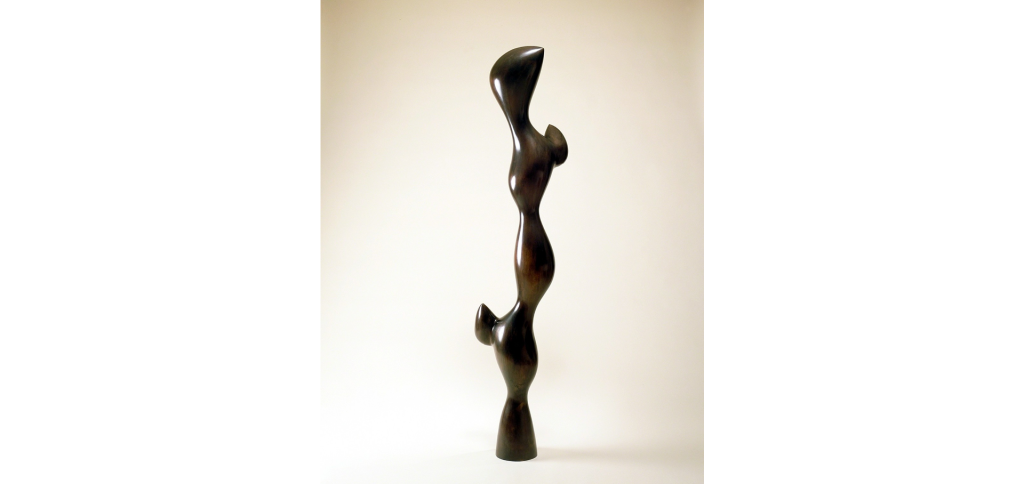
Arp’s interest in the relationship between positive and negative space was evident in his sculptures as well. He often experimented with hollowing out or punctuating the surfaces of his sculptures, allowing light and shadow to interact with the forms and adding depth and dimensionality to the work. This can be seen in his sculpture “Etoile, Monument à Tristan Tzara” (1962-1963), where a star-like shape emerges from an open, perforated centre. The play between solid and void creates a dynamic tension, inviting the viewer to explore the sculpture from multiple angles.
Jean Arp Paintings and Collages
Arp’s collages and paintings were another avenue for him to experiment with abstraction. In “Collage with Squares Arranged according to the Laws of Chance” (1916-1917), he employed a technique of randomly dropping torn paper squares onto a larger sheet and gluing them where they fell. This method allowed chance to play a significant role in the creation of the artwork. Arp believed that by relinquishing control to randomness, he could tap into the primal forces of creation. The resulting composition exhibits a dynamic arrangement of shapes and colours, defying traditional notions of composition and inviting the viewer to participate in the creative process.
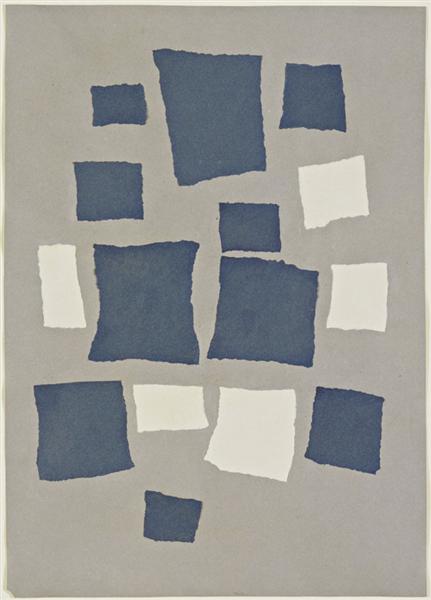
Jean Arp’s Poetry and Other Collaborations
Arp’s multidisciplinary approach extended to his collaboration with poets, particularly his involvement with the Dada movement. In collaboration with Tristan Tzara, he co-authored the “Dada Manifesto” (1918), which challenged societal norms and championed absurdity and irrationality as tools for creativity. Arp’s integration of poetry and sculpture was exemplified in “The Constellations” (1930-1932). Inspired by the cosmos, Arp created a series of small, abstract sculptures accompanied by poetic texts. The sculptures’ simple shapes, reminiscent of stars and celestial bodies, harmonised with the poetic verses, creating a seamless fusion of visual and literary art.
Jean Arp’s Installations for the Public
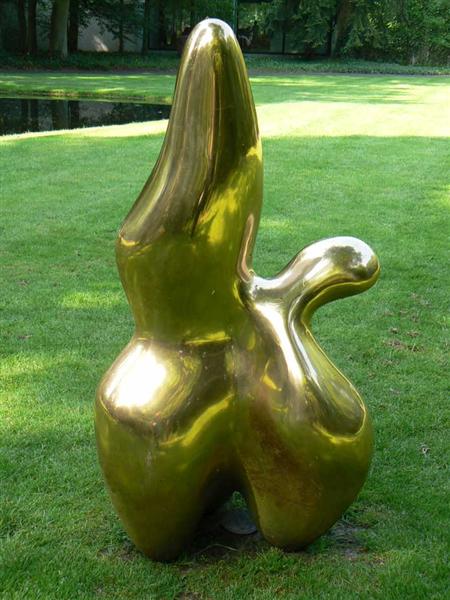
Arp’s artistic vision also extended to the creation of large-scale public art installations. One notable example is “Cloud Shepherd” (1953), a bronze sculpture located in Basel, Switzerland. The piece consists of organic, cloud-like forms rising from the ground, invoking a sense of lightness and freedom. Arp intended for his sculptures to interact with their surroundings and engage with viewers, inviting them to explore and experience the work from different perspectives. This desire for interaction reflects Arp’s belief in the power of art to transcend boundaries and connect people with the world around them.
Jean Arp’s contributions to the art world were groundbreaking and influential, bridging the gap between abstract and representational art. His exploration of organic forms, playful spontaneity, and collaboration across artistic disciplines set him apart as a true innovator. Arp’s works continue to inspire and challenge viewers, inviting them to engage with the beauty and fluidity of the natural world. His legacy serves as a reminder that art is not confined to rigid boundaries but rather a fluid expression of human imagination and creativity.
Read Also:
Gustave Courbet: Critic of Romanticism, Founder of Social Realism


